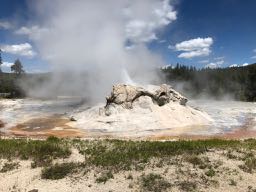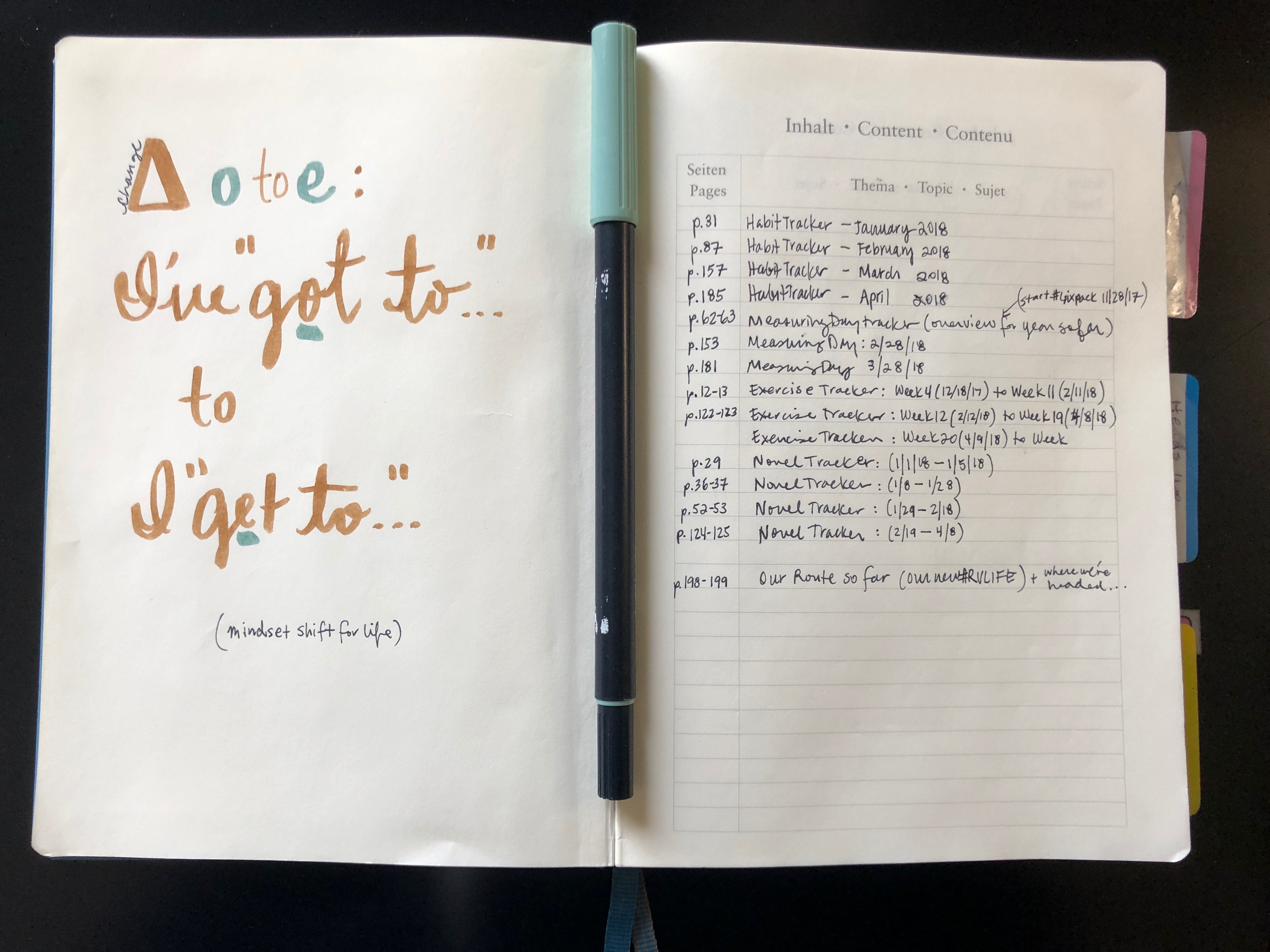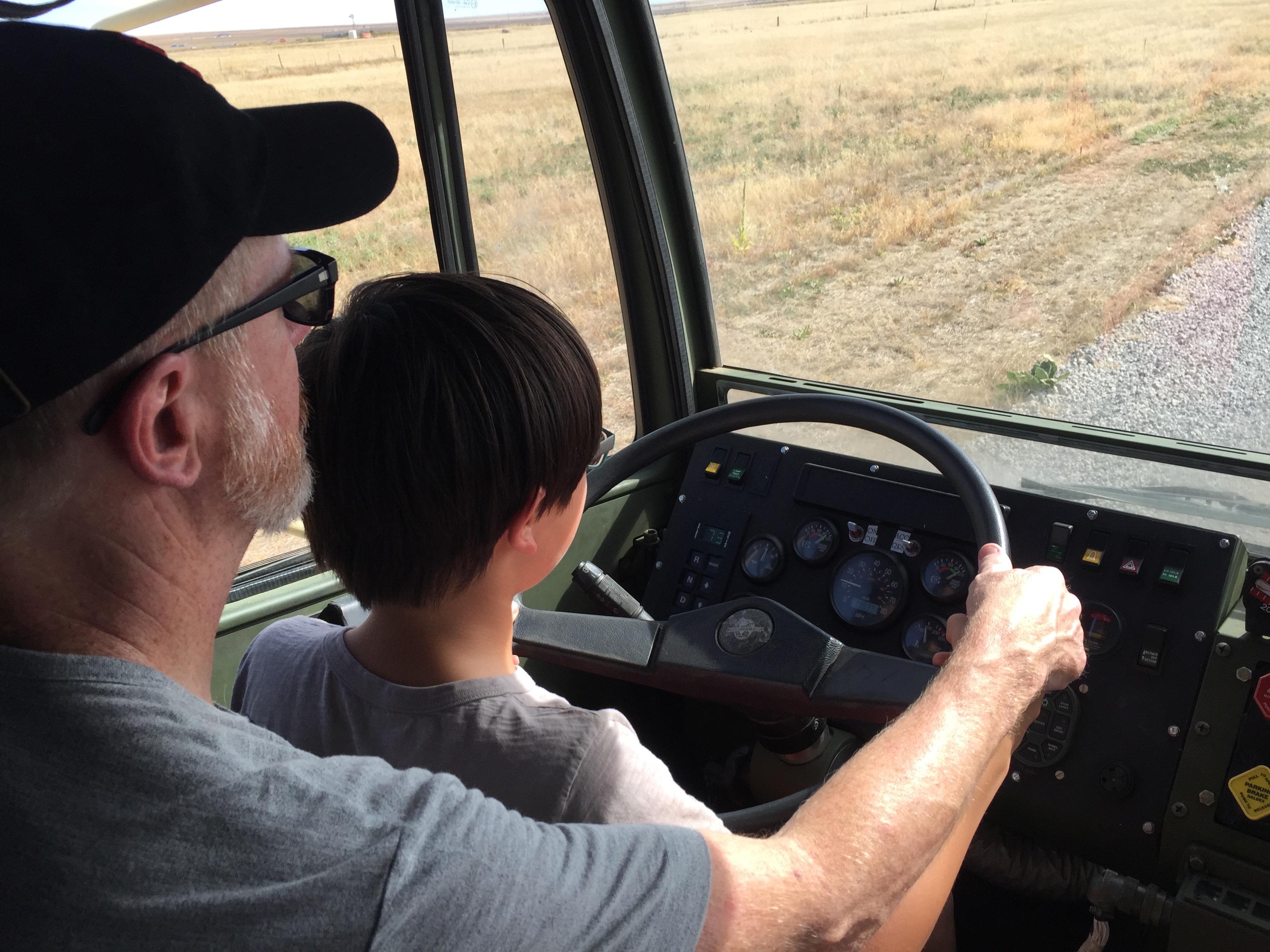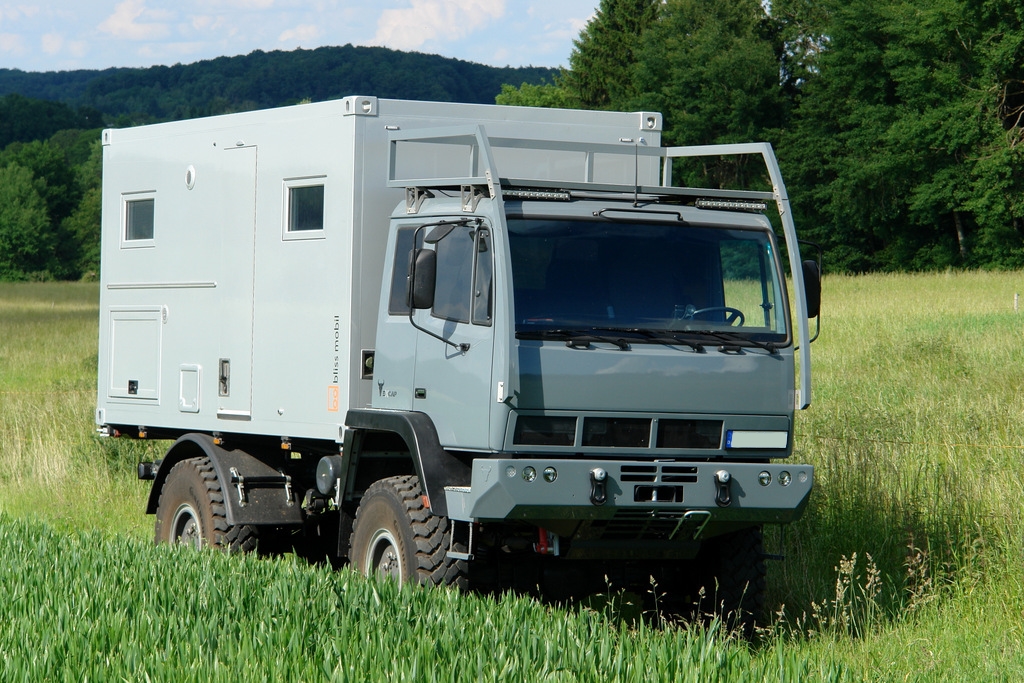rv life
Yellowstone: #RVLife
“Nuggets!” My kid cries, bent over his screen, as if he’s been shot, heading to the bathroom. Outside, I hear my husband cough amid abundant birdsong. We have traded the mosquitos for birds. The last campsite — Yellowstone/Lewis Lake — Read more…




